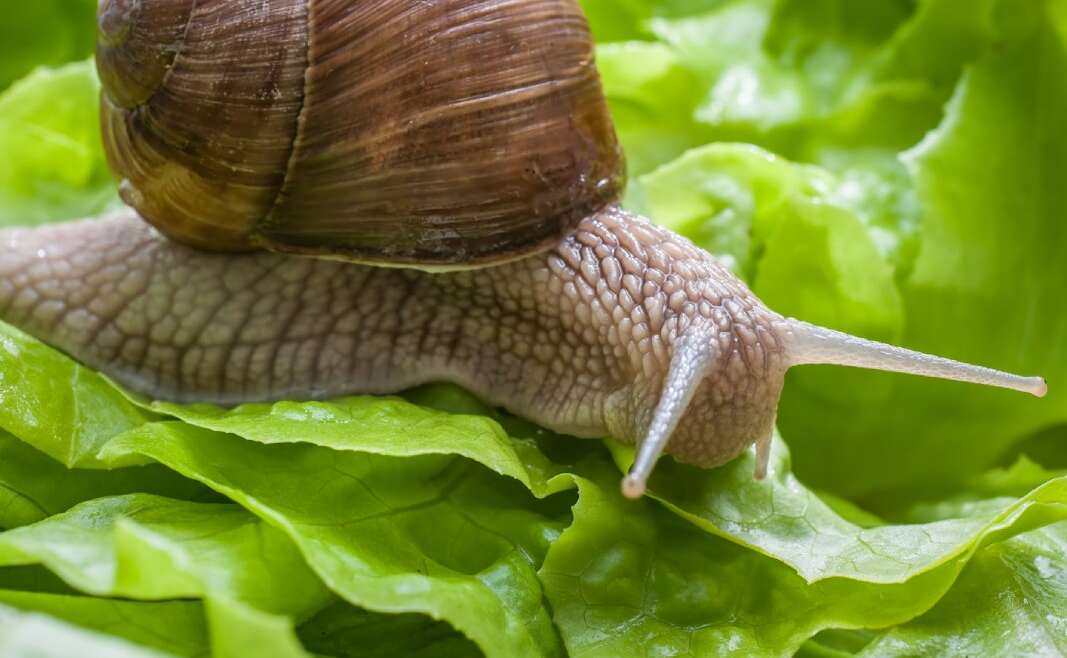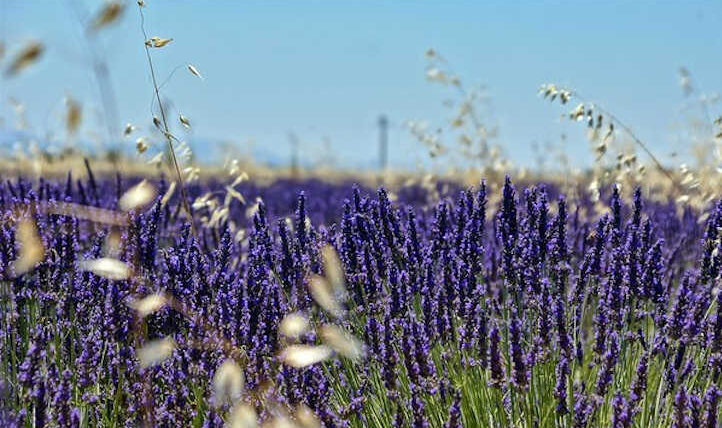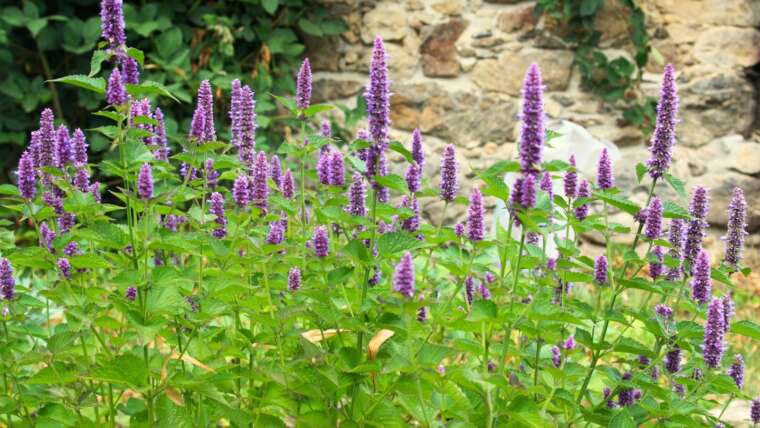When thinking about vegetable garden problems and solutions, I am aware there are so many things that want to hurt our plants. Diseases, both fungal, viral, and bacterial; insects, flying and crawling; animals like deer and rabbits, are just a few examples. Diagnosing problems in a plant takes some detective work, but knowing the most common vegetable garden problems can take some of the guesswork out of the situation.
Vegetable gardening is a true delight. There is pure joy in watching things grow while providing our tables with delicious and healthy food. Few things are more disheartening to the veggie gardener than vegetable pests and diseases. Getting to the root of the problem is the first step.
First consider cultural aspects like sun levels, soil type, and water. If the plant is properly sited and cared for, turn your attention to vegetable garden pests and diseases.
Vegetable Garden Diseases
Vegetable garden diseases come in three major categories: fungal, bacterial, and viral.
Fungal Disease
Fungal issues often pop up when plant leaves haven’t got enough time to dry or when the soil is sodden. Fungal vegetable garden problems and solutions are usually easier to avoid than to cure afterward. Make sure the soil is porous and avoid overhead watering. Symptoms are usually discolorations on the leaves but can also infect the stems and fruit. In the case of a root rot fungal disease, the entire plant will decline.
- Anthracnose
- Botrytis
- Fusarium
- Powdery Mildew
- Rust
- Black Mold
The most common cures for fungal issues involve copper fungicides. These are a spray or dust. A homemade spray involving apple cider vinegar, baking soda, and dish soap are also non-toxic and effective.
Bacterial Disease
Diagnosing common pests and diseases of vegetable crops can be tricky. In the case of bacterial diseases, the leaves are first affected and can seem similar to fungal disease. Purchasing disease-resistant plants and seeds, and practicing good sanitary control are key to fighting bacterial diseases. Avoid overwintering dead plant material, practice crop rotation, sanitize garden tools, and avoid overhead watering will help minimize bacterial issues.
- Soft rot on fruit
- Leaf spots
- Blight
Viral Disease
Most virus derived disease is caused by insect vectors. Their feeding activity spreads virus into the plant tissue. A variety of mosaic diseases that affect cucumbers, squash, turnips, and potatoes, to name a few, often occur. Crop rotation, weed control, and purchasing resistant plants and seeds will help control virus related diseases. Insect control of thrips, aphids, and whitefly is also helpful.
- Tomato spotted wilt
- Cucumber mosaic
- Carrot virus
- Potato leafroll
- Capsicum chlorosis
- Zucchini yellow mosaic
- Turnip mosaic
Insect Pests
Insects will not only pass disease into our veggies but their feeding activity skeletonizes leaves and ruins the fruit. Some insects, such as aphids, will excrete honeydew, which attracts ants, and causes black mold. The wide array of insects that damage vegetable plants may be adults, or their larvae, or both. Sometimes you can go out at night with a flashlight and hand pick and destroy the culprits. Other times, a plant is overrun by scores of insects, as in the case of scale or aphids.
- Aphids – Damage by feeding and can introduce disease. Young buds and leaves are commonly covered in these tiny invaders.
- Scale – They also feed on sap and are flattened, oval discs covering stems.
- Earwigs – Unmistakable with their pincers, they do the most damage on seedlings
- Squash vine borer moth – Vibrant, orange, flying insects whose larvae do the most damage. The young bore into cucurbit plants and eat the inside of the stems.
- Thrips – Almost invisible to the naked eye, these tiny pests reduce plant vitality through their feeding activities
- Grasshoppers and Locusts – Similar looking flying insects, they feed on leaves and cause defoliation, reducing plant health.
- Stink Bug – They pierce plant material and feed on the sap. Buds, leaves, and fruit are all susceptible. Seedlings may be killed, and mature plants become stunted.
- Tomato Horn Worm – The larvae of a sphinx moth, they are green and match the hue of the tomato plant.
Pest Controls
There are several ways to deal with vegetable garden pests. Here are the most common.
Biological
Avoid using pesticides which may kill wasps and other beneficial insects. Encourage birds to the garden or get some chickens. Erect “bug” houses which encourage good bugs to stay in the garden. Hand pick pests from plants as they are seen.
Cultural
Good plant care and sanitation practices can help minimize pest issues. Healthy plants can often withstand some insect feeding. Removing garden waste from the site at the end of the season will prevent certain insects from overwintering. Use row covers where appropriate to keep flying insects off plants.
Chemical
There are many products available to assist in pest removal. Some of these are synthetic chemicals while others are organic. In the case of food crops, it is a good idea to stick with organic to avoid exposing yourself to toxins.
Non-toxic Options
- Non-chemical formulas may be made with common household items.
- Garlic or chili pepper sprays are effective on some species.
- Dish or castile soap mixed in water is an easy-to-use spray.
- Diatomaceous earth is safe around pets and children and harms insects that crawl.
- Neem oil is readily available and comes from a tree.
- Pyrethrin sprays come from a variety of Chrysanthemum and are non-toxic.
- A spray made of soaked tomato leaves is effective on many plants except for other nightshades.
- Vegetable oil mixed with dish soap and diluted with water will smother soft bodied insects and kill them.




